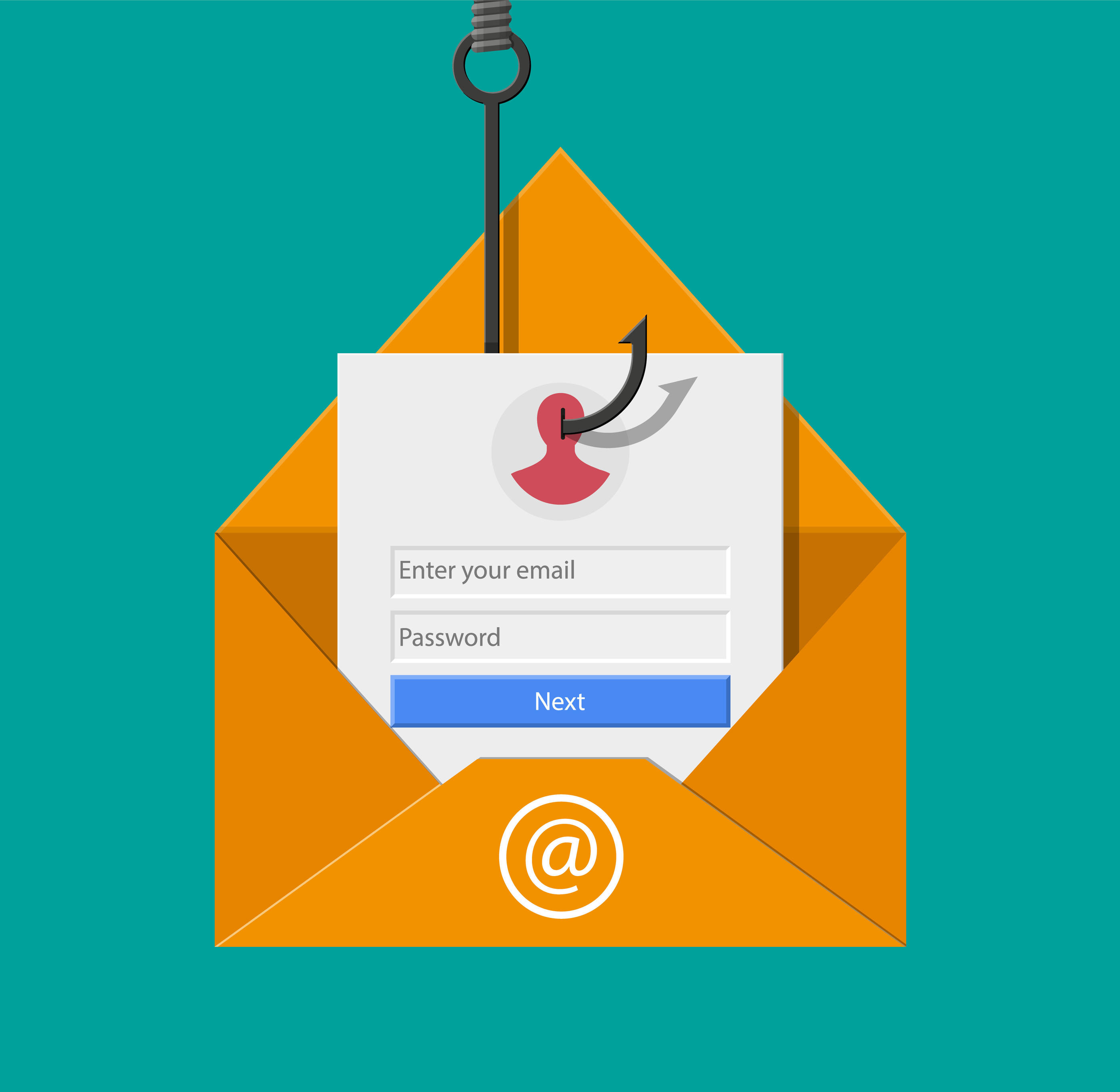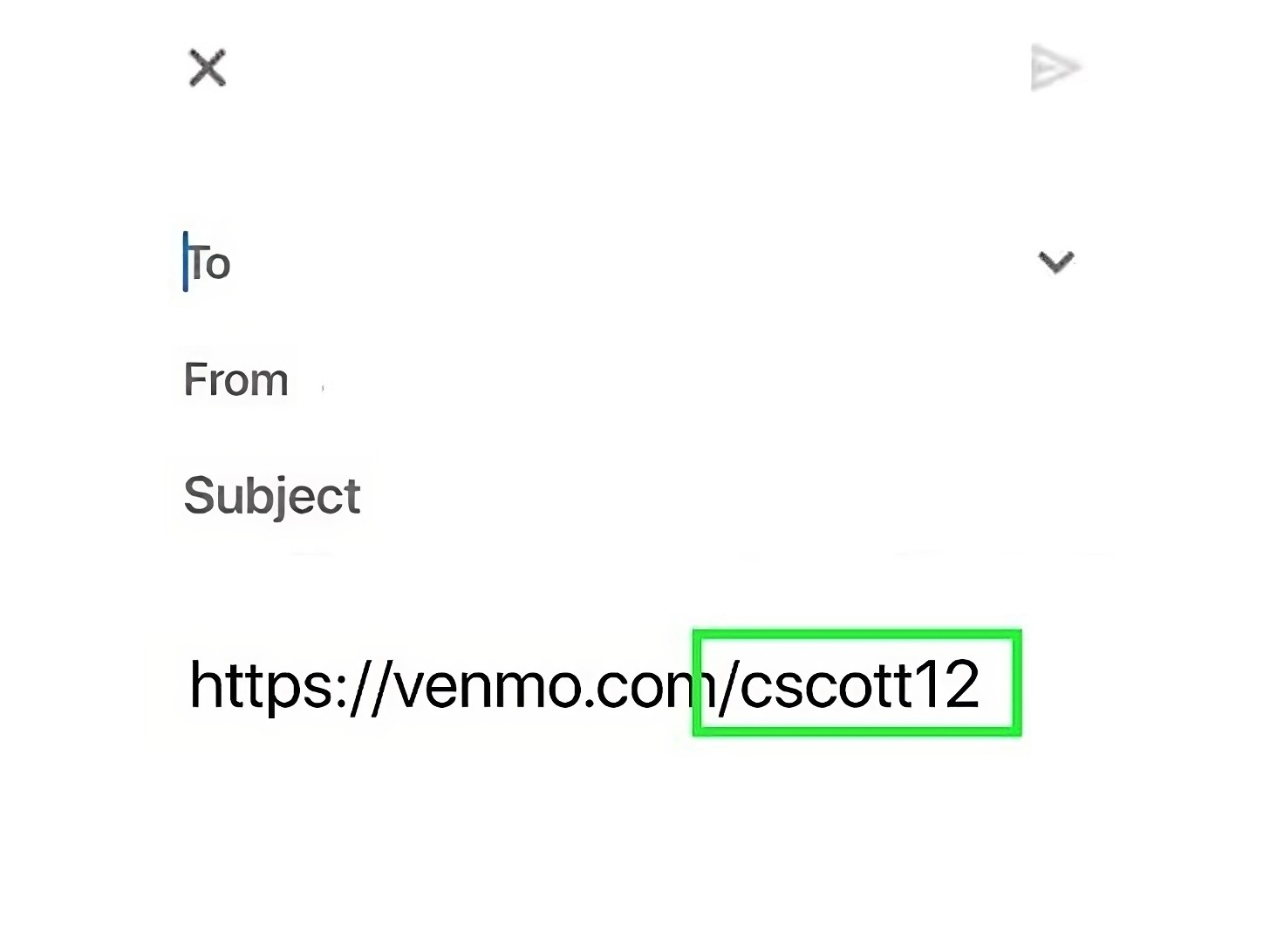Introduction
Welcome to our guide on how to link email using HTML! In today’s fast-paced digital world, emails are an essential communication tool. Whether it’s for personal or business purposes, being able to link email addresses is crucial for providing convenient access for users to contact you. By incorporating email links on your website or within your content, you can improve user experience and streamline the communication process.
This article aims to provide a comprehensive overview of linking email addresses using HTML code. We will guide you through the process of creating clickable email addresses, adding custom subject lines, and pre-filling content within mailto links. Additionally, we will explore how to style your email links to match your website design and provide tips on testing and troubleshooting your links.
Whether you are a web developer, blogger, or small business owner, mastering the art of linking email using HTML will greatly benefit you. It allows users to effortlessly initiate email communication with just a click, eliminating the need to manually copy and paste email addresses.
Before we dive into the technical aspects of creating email links, let’s discuss why linking email addresses is important and how it can enhance user experience on your website or in your content.
Why Linking Email is Important
Linking email addresses on your website or in your content offers numerous benefits and plays a significant role in improving user experience. Here are a few reasons why linking email is important:
- Easy and Convenient Communication: By linking email addresses, you provide users with a simple and convenient way to reach out to you. With just a click, visitors can open their default email client and compose an email to you directly. This eliminates the hassle of copying and pasting email addresses and ensures a seamless communication experience.
- Improved User Engagement: Adding clickable email addresses encourages visitors to actively engage with your content. Instead of passively reading, users are prompted to take action and reach out to you. This can lead to increased user engagement, such as inquiries, feedback, or business opportunities, ultimately enhancing the overall user experience on your website.
- Enhanced Professionalism: Linking email addresses adds a level of professionalism to your website or content. It showcases that you are reachable and open to communication, which can instill trust and credibility in your audience. This is especially important for businesses that rely on customer inquiries or client interactions.
- Increased Accessibility for Mobile Users: With the rapid rise in mobile device usage, linking email addresses is crucial to accommodate the needs of mobile users. Mobile users can easily tap on the email address, which will automatically open their email app, allowing for seamless communication on the go.
- Trackable Interactions: By creating email links, you can effectively track and analyze user interactions. With the help of web analytics tools, you can gain insights into the number of clicks on email links, allowing you to measure the effectiveness of your marketing efforts or content strategies.
As you can see, linking email addresses brings numerous advantages to both you and your users. It simplifies communication, boosts user engagement, adds professionalism, and caters to the needs of mobile users. By integrating email links effectively, you can optimize user experience and increase the possibilities for meaningful interactions.
How to Link Email Using HTML
Linking email addresses using HTML is a straightforward process that involves the use of anchor tags and the “mailto” attribute. Below, we will outline the steps to create clickable email addresses on your website or within your content.
- Adding a Hyperlink to an Email Address: To create a basic email link, you need to wrap the email address within an anchor tag. The href attribute should be set to “mailto:your-email@example.com”. For example,
<a href="mailto:your-email@example.com">your-email@example.com</a>. This will render the email address as a clickable link that opens the user’s default email client when clicked. - Creating Clickable Email Addresses with Mailto Links: The “mailto” attribute enables you to specify the recipient’s email address within the HTML code. For example,
<a href="mailto:recipient-email@example.com">Click here to email the recipient</a>. This will generate a clickable link that allows users to send an email to the specified recipient when clicked. - Adding a Custom Subject Line to a Mailto Link: If you want to pre-fill the subject line of the email, you can append it to the mailto link using the “?subject=” parameter. For example,
<a href="mailto:recipient-email@example.com?subject=Your%20Subject%20Here">Click here to email the recipient with a pre-filled subject line</a>. The %20 is a URL-encoded space character. - Inserting an Email Link with Pre-filled Content: In addition to the subject line, you can also pre-fill the email’s body content. To achieve this, add the “&body=” parameter to the mailto link. For example,
<a href="mailto:recipient-email@example.com?subject=Your%20Subject%20Here&body=Your%20message%20here">Click here to email the recipient with a pre-filled subject line and body content</a>. Again, %20 represents a space character. - Styling Email Links: You can apply CSS styling to your email links by targeting the “a” tag and adding custom styles. This allows you to match the appearance of the link to your website’s design and branding.
By following these steps, you can easily create clickable email addresses, customize the subject line, pre-fill email content, and style your email links to align with your website’s aesthetics. Don’t forget to test your email links to ensure they function correctly and deliver a seamless user experience.
Adding a Hyperlink to an Email Address
One of the simplest ways to link an email address on your website or within your content is by creating a basic hyperlink. By following a few easy steps, you can transform an email address into a clickable link that opens the user’s default email client when clicked.
To add a hyperlink to an email address, you need to utilize HTML anchor tags. Here’s how you can do it:
- Start by opening an anchor tag using the
<a>element. - Within the
<a>tag, set the href attribute to the email address you want to link. The email address should be prefixed with “mailto:” to indicate that it is an email link. - Next, add the email address that you want to link within the anchor tag. For example,
<a href="mailto:example@example.com">example@example.com</a>. - Close the anchor tag by using the
</a>closing tag.
Once you have implemented these steps, the email address will appear as a clickable link on your website or within your content. When users click on the link, it will automatically launch their default email client, such as Outlook or Gmail, with the recipient’s email address already filled in.
It’s worth mentioning that by default, the appearance of the email link will inherit the styling of your website’s hyperlinks, such as the color and underlined text. However, you can customize the styling to match your website’s design by targeting the `
Creating Clickable Email Addresses with Mailto Links
In addition to adding a basic hyperlink to an email address, you can create more dynamic and versatile email links using mailto links. Mailto links not only allow users to send an email to a specific address but also enable you to customize the recipient, subject line, and even pre-fill the email’s content. This provides a seamless and efficient way for users to initiate communication directly from your website or content.
To create a clickable email address with a mailto link, you need to follow these steps:
- Open an anchor tag using the
<a>element. - Set the href attribute to “mailto:” followed by the email address you want to link. For example,
<a href="mailto:example@example.com">. - Add the text or phrase that you want to display as the link between the opening and closing anchor tags. For instance,
<a href="mailto:example@example.com">Click here to email us</a>.
When users click on the mailto link, it will open their default email client, with the recipient’s email address already populated in the “To” field. Users can then compose and send an email to the designated address with ease.
It’s important to note that the mailto link relies on the user having an email client set up on their device. If the user doesn’t have an email client configured, clicking the mailto link may not produce the desired result.
Additionally, you can further customize the mailto link to include a subject line. To do this, add the “?subject=” parameter followed by the desired subject line to the mailto link. For example, <a href="mailto:example@example.com?subject=Your%20Subject%20Here">Click here to email us with a custom subject line</a>.
By incorporating mailto links with customizable subject lines, you can streamline communication and provide users with a more efficient way to contact you. Pre-filling the subject line can also help direct the nature or purpose of the email, making it easier for you to organize and prioritize incoming messages.
Remember to test your mailto links across different devices and email clients to ensure compatibility and a seamless user experience. Creating clickable email addresses using mailto links enhances user interaction, encourages communication, and simplifies the process of initiating an email conversation.
Adding a Custom Subject Line to a Mailto Link
When creating a mailto link, you have the flexibility to include a custom subject line, allowing you to provide users with a pre-filled subject when they compose an email. This feature not only saves time but also ensures that messages are properly labeled and organized. Adding a custom subject line to a mailto link is a straightforward process and can be done using a few simple steps.
To add a custom subject line to a mailto link, follow these steps:
- Create an anchor tag using the
<a>element. - Set the href attribute to “mailto:” followed by the email address you want to link, and append the “?subject=” parameter.
- After the “=” sign, add the desired subject line, replacing any spaces with “%20” or using URL encoding.
- Add the text or phrase that you want to display as the link between the opening and closing anchor tags.
For example, a mailto link with a custom subject line could look like this:
<a href="mailto:example@example.com?subject=Your%20Subject%20Here">Click here to email us with a custom subject line</a>.
In this case, when users click on the mailto link, it will open their default email client with the recipient’s email address already filled in, and the subject line pre-filled with “Your Subject Here.” By customizing the subject line, you can provide users with a clear indication of the purpose or topic of the email, making it easier for them to compose their message.
It’s crucial to note that when including spaces in the subject line, they should be replaced with “%20” to ensure proper URL encoding. This prevents any potential issues that may arise due to URL restrictions or parsing errors.
Adding a custom subject line to your mailto links not only enhances user experience but also improves the efficiency of communication. It allows users to quickly identify the content or purpose of their email and helps you effectively manage and prioritize incoming messages. By incorporating this feature, you can streamline the communication process and make it easier for users to interact with you via email.
Inserting an Email Link with Pre-filled Content
To provide users with an even more efficient and convenient emailing experience, you can go beyond customizing the subject line in a mailto link and pre-fill the content of the email as well. By doing so, you can guide users in formulating their message or provide specific instructions, saving them time and effort. Inserting an email link with pre-filled content involves a few additional steps but can greatly enhance the user experience.
To insert an email link with pre-filled content, follow these steps:
- Start by creating an anchor tag using the
<a>element. - Set the href attribute to “mailto:” followed by the email address you want to link, just like a regular mailto link.
- Add the “?subject=” parameter to include the desired subject line, as discussed previously.
- After the subject line, add the “&body=” parameter to indicate the pre-filled content of the email.
- Within the quotes of the “&body=” parameter, include the text or message that you want to pre-fill for the user.
- Add the text or phrase that you want to display as the link between the opening and closing anchor tags.
For example, an email link with pre-filled content could look like this:
<a href="mailto:example@example.com?subject=Your%20Subject%20Here&body=Your%20message%20here">Click here to email us with a pre-filled subject line and body content</a>.
In this case, when users click on the mailto link, their default email client will open with the recipient’s email address and the subject line pre-filled, and the body of the email containing the text “Your message here.” By providing pre-filled content, you can guide users in composing their message, provide additional instructions, or offer a template to streamline communication.
Note that like with the subject line, any spaces in the pre-filled content should be replaced with “%20” or URL-encoded to ensure proper formatting and avoid any issues during parsing.
By inserting email links with pre-filled content, you can make it easier for users to initiate an email conversation and provide them with a hassle-free experience. This feature saves users time and ensures that the necessary details or instructions are included in their message, leading to more effective communication.
Styling Email Links
While email links are typically styled to match the default appearance of hyperlinks on your website or within your content, you have the flexibility to customize their visual presentation. By applying CSS styling, you can make your email links stand out, ensuring they align with your website’s design and branding.
To style email links, you can target the <a> tag in your CSS code. Here are a few styling options you can consider:
- Color: Set a specific color for your email links using the
colorproperty. This allows you to match the link color with your overall website color scheme or make it stand out. - Hover Effects: Apply hover effects to your email links to enhance user interaction. For example, you can change the link color or add an underline when users hover over the email link, indicating its clickable nature.
- Text Decoration: Customize the text decoration of your email links using the
text-decorationproperty. You can choose to remove the default underline, add an underline, or specify your desired styling. - Font Style: Control the font style of your email links with properties such as
font-family,font-size, andfont-weight. This ensures that your email links blend seamlessly with the rest of your website’s typography. - Cursor Style: Modify the cursor style for your email links using the
cursorproperty. This gives users a visual indication that the email address is interactive and clickable.
For example, you can use the following CSS code snippet to style your email links:
a {
color: #007bff;
text-decoration: none;
}
a:hover {
text-decoration: underline;
}In this example, the email links will be displayed in the color “#007bff” (a shade of blue) by default. When users hover over the links, an underline will be added to indicate their interactivity.
Remember to incorporate your own colors, font styles, and cursor styles to match your website’s design aesthetics. By customizing the styling of your email links, you can create a cohesive and visually appealing user experience, ultimately enhancing the overall look and feel of your website or content.
Testing and Troubleshooting Email Links
After creating and styling your email links, it’s crucial to test them to ensure they function correctly and provide a seamless user experience. Testing and troubleshooting your email links will help you identify any potential issues or errors and resolve them promptly. Here are some tips to effectively test and troubleshoot your email links:
- Click Testing: Click on the email links on your website or within your content to ensure they open the default email client and pre-fill the necessary details correctly. Verify that the recipient’s email address, subject line, and pre-filled content (if applicable) all appear as intended.
- Cross-device Compatibility: Test your email links across different devices, including desktops, laptops, smartphones, and tablets. This will help you ensure that the links function properly and that users can open their email clients regardless of the device they are using.
- Testing with Multiple Email Clients: Use various email clients, such as Gmail, Outlook, Apple Mail, and others, to test your email links. Different email clients may interpret and handle mailto links differently, so it’s essential to ensure consistent behavior across popular clients.
- Error Handling: Check for any error messages or issues that may arise when users click on your email links. Common errors can include incorrect addressing or misconfigured email clients. Troubleshoot and resolve any errors to provide a seamless experience for your users.
- Validation and Encoding: Validate your HTML code to ensure that it adheres to standards and is error-free. Also, verify that the email addresses and URL-encoded characters in your mailto links are correctly formatted and properly encoded. This will help minimize any potential parsing or compatibility issues.
- Accessibility: Consider the accessibility of your email links. Ensure that users with disabilities can easily access and interact with the links. Use appropriate attributes, such as alt text, to provide descriptive information for screen readers.
Regularly testing and troubleshooting your email links is crucial to maintaining a seamless user experience and enhancing communication with your audience. By resolving any issues or errors promptly, you can ensure that users can easily contact you and that the communication process is efficient and error-free.
Remember, as technology evolves, it’s essential to stay updated and adapt your email links accordingly. Regularly test and review your links to ensure they remain compatible with the latest devices, browsers, and email clients, providing an optimal experience for all users.
Conclusion
In this guide, we have explored the process of linking email addresses using HTML code. By creating clickable email links, you can enhance user experience, improve communication, and streamline the contact process. We discussed various techniques, such as adding basic hyperlinks, creating mailto links with custom subject lines, and pre-filling email content.
Linking email addresses on your website or within your content is important for several reasons. It provides users with a quick and convenient way to reach out to you, enhances user engagement, adds professionalism, and accommodates the needs of mobile users. Furthermore, email links offer trackable interactions, allowing you to measure the effectiveness of your marketing efforts or content strategies.
To link email addresses using HTML, you can follow simple steps like wrapping the email address in an anchor tag and using the “mailto” attribute. By customizing the subject line and pre-filling email content, you can further streamline communication and provide users with a more efficient experience.
Additionally, we discussed the importance of styling email links to match your website’s design and branding. By applying CSS styling, you can make your email links stand out and provide a cohesive user experience.
Don’t forget to test and troubleshoot your email links to ensure they function correctly across different devices and email clients. Regular testing and resolving any issues promptly will help maintain a seamless user experience and effective communication.
Incorporating clickable email addresses using HTML code is a valuable skill for web developers, bloggers, and small business owners. It simplifies communication, encourages user engagement, and adds professionalism to your website or content.
By mastering the art of linking email addresses with HTML, you can effectively improve user experience, streamline communication, and establish a strong connection with your audience. So, start implementing these techniques today and empower your users to connect with you effortlessly.

























